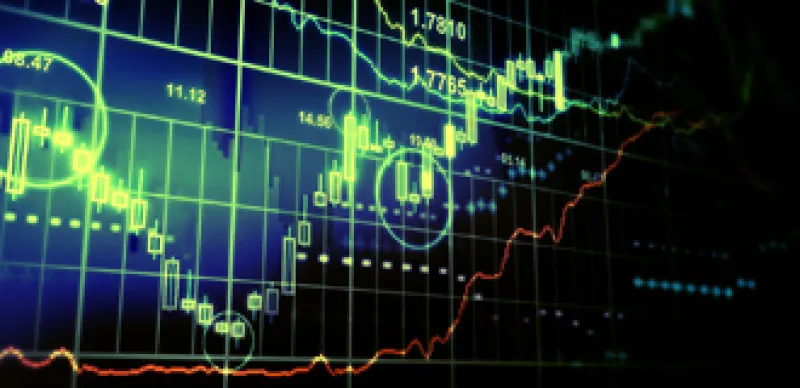Let’s face it. Many investors would pay a hefty sum to peek into the portfolios of the top hedge fund managers. But they can’t. So, they obsessively search for shreds of hints of what reside behind the password protected portfolios.
However, except for rare interviews in the media and even more rare public appearances, the only way to learn what managers own is from the quarterly 13f filings. But, these are usually reported to the SEC 45 days after the end of a quarter. So, this means at best investors learned what a manager owned at year-end 45 days afterward.
At worst, by the time investors saw this information, the manager could already have been out of the stock. And if the manager did still own the stock the entire ensuing quarter, the gains could have already taken place by the time the average investors could act upon the disclosures.
So, can you make money from this information? We went back to the 15 top Overweight Stocks of hedge funds at year-end, as calculated by the Credit Suisse Quantitative Equity Research. The 15 stocks were Citigroup, Genzyme, Sears Holdings, AutoZone, WellPoint, Viacom, McAfee, Airgas, AutoNation, Anadarko Pete, General Dynamics, Motorola Solutions, Cigna , Coca Cola Enterprises and Williams.
The results: Good news, bad news and good news. First the good news. If you were able to buy these 15 stocks after the last trading day of 2010, you would have made money on 14 of them. Only Citigroup lost money, dropping 6.5 percent. Intel completed its acquisition of McAfee on Feb. 28. In two months investors — especially arbitrageurs, were able to make 3.5 percent on the stock. The remaining 13 rose, on average, by 13.4 percent (assuming you put the same amount of money into each stock). This is more than double the S&P 500’s 5.9 percent return and much better than the Russell 2000’s 7.9 percent gain.
But, here’s the hitch. You couldn’t possibly have had this list of 15 until at least the middle of February, unless you individually shared the same collective sentiments of the hedge fund set. So, while the most heavily weighted stocks by hedge fund managers way outperformed the market for the quarter, let’s see how they fared since the day the average person could have bought them.
I calculated their performance since February 17, the first day most people could have obtained this information, contacted their broker or went online to trade, and were able to execute the trade. The verdict — mixed. During this period, three of the 15 stocks lost money, including Citi, which lost 10.5 percent, and Sears, which lost 11 percent, since the stock peaked on Feb. 18. General Dynamics dropped less than 1 percent. McAfee, on the other hand, was flat as arbs started unloading their position days away from the deal being consummated.
The remaining 11 stocks rose just 3.7 percent from Feb. 17 through March 31. But wait, don’t despair. During that period the S&P 500 was down 1.1 percent. So, even if you factor in the losses, you still would have outperformed the S&P 500 by a couple of percentage points. It turns out, following the smart hedge fund money was a good strategy. We’ll monitor the quarter-end portfolios in this manner going forward and see how they play out.







